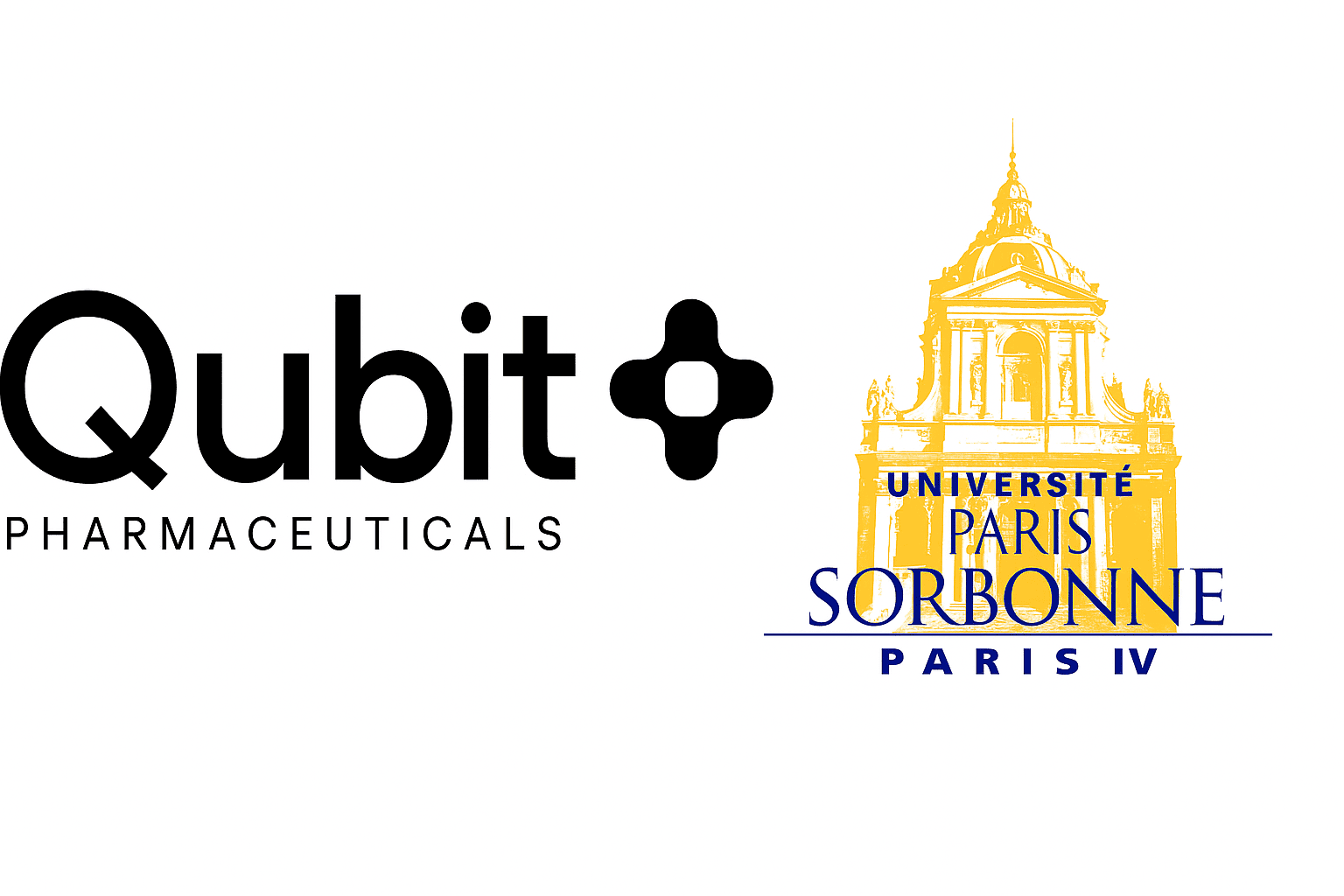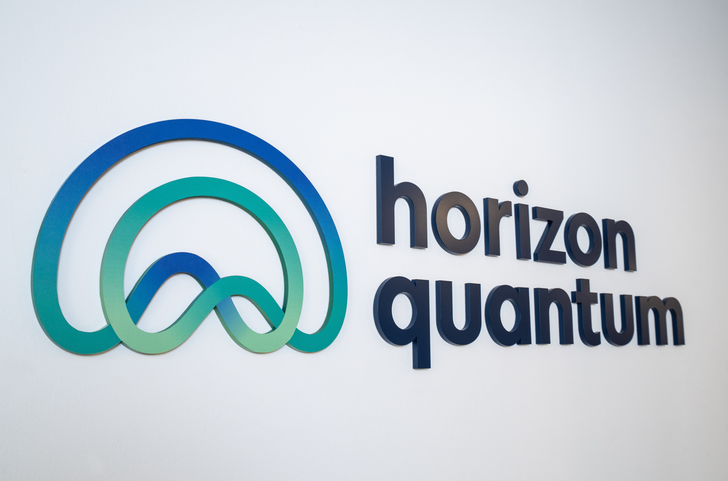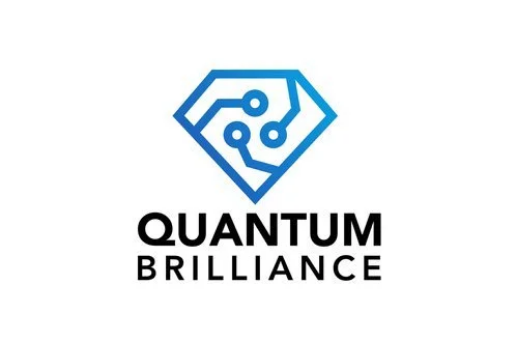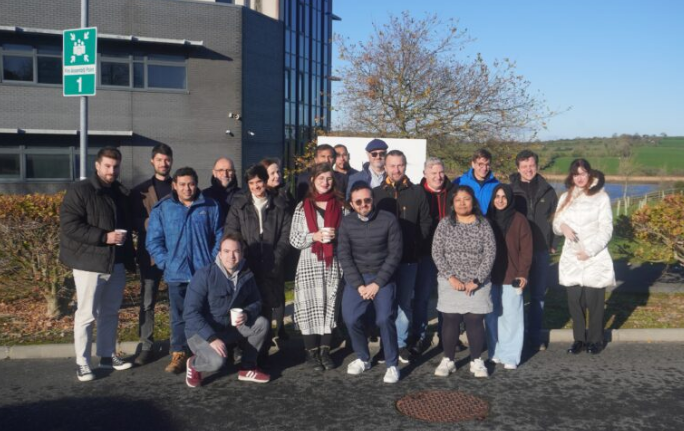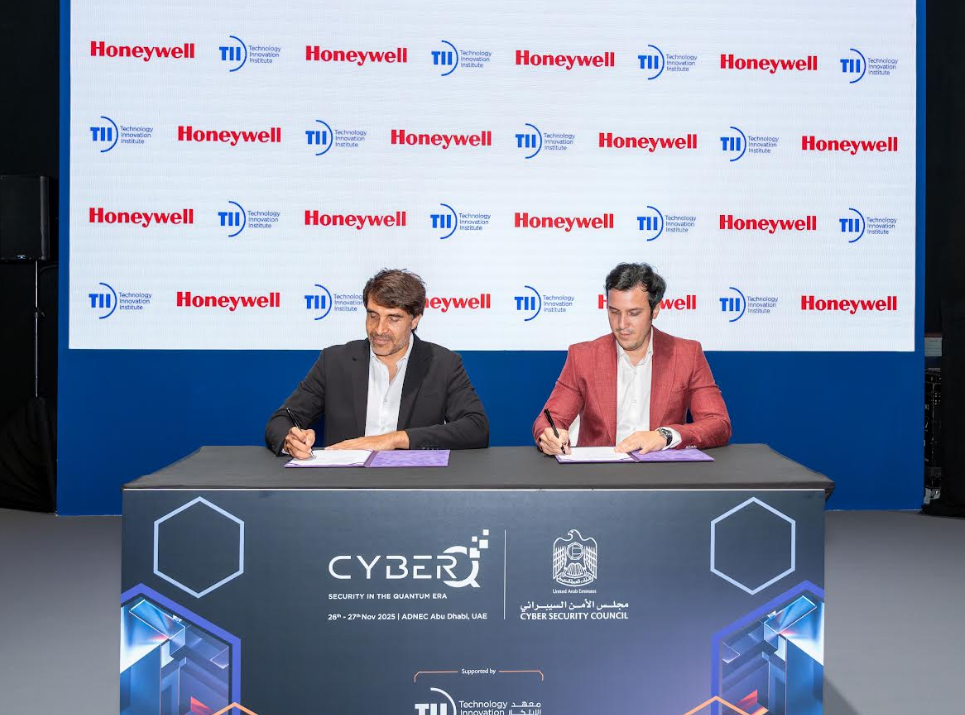Insider Brief
- Qubit Pharmaceuticals and Sorbonne University have unveiled FeNNix-Bio1, a quantum AI foundation model that simulates molecular behavior with unprecedented accuracy and efficiency, accelerating drug discovery and reducing lab experimentation costs.
- Unlike previous models, FeNNix-Bio1 can model dynamic molecular interactions, such as covalent drug binding and protein flexibility, enabling in silico design of complex therapies for diseases like cancer.
- The scalable model extends beyond pharmaceuticals to broader chemistry applications, including industrial enzymes, green chemistry, and quantum data-driven molecular simulation, marking a step toward automated molecular design.
PRESS RELEASE — Qubit Pharmaceuticals, a deeptech company specializing in the discovery of new drug candidates, today unveils the world’s most advanced quantum AI model to unlock an entirely new range of therapeutics at a fraction of the time and cost of current drug discovery efforts.
The quantum AI model, developed in partnership with Sorbonne University, is capable of modeling and simulating the behavior of molecules with a level of precision and computational speed never before achieved. The accuracy will massively reduce the costly stage of laboratory experimentation in the development of new molecules by replacing the chemical synthesis of drug candidates.
“This simulation method would reduce the cost of the drug discovery phase enormously,” says Jean-Philip Piquemal, Professor at Sorbonne University and Director of the Theoretical Chemistry Laboratory (Sorbonne University/CNRS), co-founder and Scientific Director of Qubit Pharmaceuticals. “The model is as accurate as the experiment; we can generate a huge number of new ideas, failing quickly and cheaply ‘in silico’ before moving on to laboratory testing with molecules that have passed the tests with flying colors,”

The team used unprecedented computing power from GENCI, EuroHPC and Argonne to create FeNNix-Bio1, a foundational model built on millions of meticulous molecular simulations. It was trained on the world’s most accurate molecular chemistry database, simulated to the highest possible chemical precision. By training on these elementary bricks, the foundation model learns the laws of chemistry and physics, and can reconstruct biomolecules in Lego-like fashion. It learns how molecules interact with each other.
High-resolution Molecular Modeling Thanks to AI
FeNNix-Bio1 has proved its effectiveness in one of the most difficult tasks in molecular modeling: simulating the physical behavior of water in its various phases. Indeed, the foundation model can accurately predict various physical properties, and reproduce the behavior of ions and small organic molecules in solution with remarkable fidelity, where other reference models are unable to do so. This is essential because water is the solvent present in the human body, and its interaction with drugs plays a key role in their activity.
One of the special features of the model is its ability to model the reactivity of molecules, i.e. to create or break chemical bonds, which traditional simulation software cannot do. In this way, FeNNix-Bio1 makes it possible to design covalent drugs (i.e. those which bind directly to the target through the creation of a chemical bond) such as Paxlovid or Ibrutinib.
Extending Google DeepMind’s AlphaFold Revolution From Chemistry to Biology
The Sorbonne University research team that developed FeNNix-Bio1 set itself the goal of going beyond the capabilities of AlphaFold, the artificial intelligence software developed by Google DeepMind, which provides a prediction of protein structure based on their amino acid sequence. But FeNNix-Bio1 goes further.
“AlphaFold has revolutionized protein structure prediction. However, proteins are not static, and their structures evolve over time, modifying drug interactions. FeNNix-Bio1 makes it possible to model these dynamic effects. In addition, AlphaFold does not accurately model the interactions of proteins with drug candidates. FeNNix-Bio1 addresses these two important limitations for biomolecular simulation,” explains Jean-Philip Piquemal. Thanks to the interaction between these two models, it is possible to move from structure prediction of new targets to the discovery of drugs that interact with them thanks to AI.
FeNNix-Bio1 represents not just a marginal gain, but a new approach to molecular science. Where traditional simulations are limited in accuracy, speed and areas of applicability, and quantum chemical models are accurate but slow and too computationally expensive for large-scale implementation, FeNNix-Bio1 offers quantum-level accuracy while remaining scalable and cost-effective. The foundation model doesn’t just predict structure, it understands how molecules behave and interact.
Predicting a drug’s ability to bind to a protein (or to RNA or DNA) is one of the most complex tasks in drug discovery. Chemical space is virtually limitless. An infinite number of drug molecules can be designed, and introduced into an infinite number of targets (around 100,000). There are thus trillions of possible combinations, and it’s impossible to fit them all into a database.
One of the most exciting features is its potential to reduce laboratory experimentation and enable the exploration of more innovative drug candidates to tackle targets that are complex or even considered impossible to modulate until now.
To achieve this, the FeNNix-Bio1 researchers developed neural network approaches adapted to applications in chemistry and physics, rather than using LLMs (Large Language Model) architectures, generally optimized for recognizing and generating text. More accurate and less expensive, FeNNix-Bio1 can be trained in a few hours using a standard GPU, whereas other AI models require weeks of supercomputing time.
Revolution Now Covers The Entire Field of Chemistry
FeNNix-Bio1 is a powerful, scalable model for drug discovery. “We’re aiming at complex targets, those for which the pharmaceutical industry doesn’t provide a solution for patients,” comments Robert Marino, CEO of Qubit Pharmaceuticals. The company currently has a pipeline of 7 programs, particularly in oncology and inflammation. The most advanced program concerns breast cancer.
The launch of this new foundation model opens up new prospects. Its versatility, speed and precision position Qubit Pharmaceuticals beyond the pharmaceutical sector. Potential applications in the chemical sector include the design of industrial enzymes, the optimization of membranes for desalination, the development of new-generation batteries, and the acceleration of green chemistry. Rooted in the laws of physics, the model is adaptable: by changing the molecular building blocks, it is possible to simulate any system.
FeNNix-Bio1 also paves the way for quantum AI – the convergence of quantum computing and machine learning, which promises to revolutionize data generation for molecular simulations. Qubit Pharmaceuticals is already using quantum data to enrich its models – something long thought impossible until 2035, shares Jean-Philip Piquemal.
FeNNix-Bio1 is a paradigm shift in molecule design, testing and validation. With FeNNix-Bio1, we’re not just going faster, we’re more innovative, more efficient, and we can scale up in several industrial sectors. With the convergence of AI and high-performance computing enabling large-scale simulation of biology and chemistry, and the development of quantum computing shattering the boundaries of physics, the long-awaited vision of automated molecule discovery is becoming a reality at an accelerating pace.
This major advance has just been published in two preprints on the ChemRXiv online archive: https://doi.org/10.26434/chemrxiv-2025-f1hgn-v3 andhttps://doi.org/10.48550/arXiv.2504.07948

